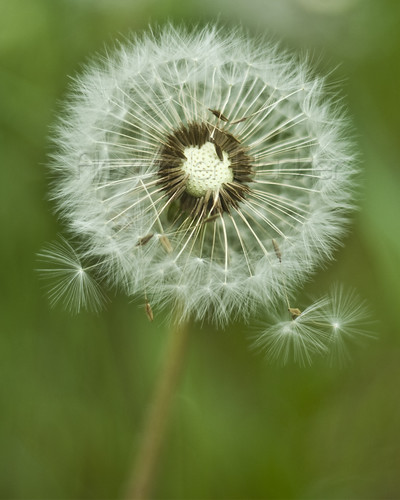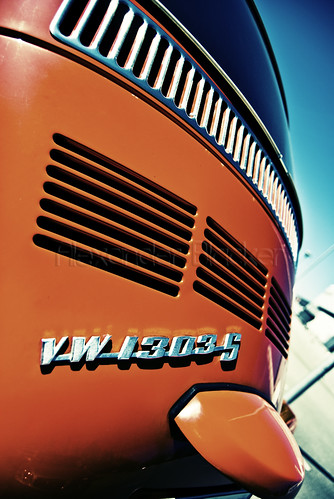It was pointed out by one of my readers that he wanted to get some more photo tips, so to speak and i must agree that he is right. This seems to be more a photoshop blog then a photography blog so lets change that around. I m going to cover some feature through the following them and showing you them in practice. First thing is first and that is aperture.
Whats aperture? Its a opening in the lens which allows light to come in, and why is this so important? Because light is everything when it comes to photography.
Below is an image of a so called prime lens (50mm F/1.8) 
Image 1, represents a wide aperture or a small f-number if you want. And image 2 represents a very small aperture or a big f-number.
Why is aperture so important and how do you apply it:
- The size of the stop is one factor that affects depth of field. Smaller stops produce a longer depth of field, allowing objects at a wide range of distances to all be in focus at the same time.
- The stop limits the effect of optical aberrations. If the stop is too large, the image will be distorted. More sophisticated optical system designs can mitigate the effect of aberrations, allowing a larger stop and therefore greater light collecting ability.
- The stop determines whether the image will be vignetted. Larger stops can cause the intensity reaching the film or detector to fall off toward the edges of the picture, especially when for off-axis points a different stop becomes the aperture stop by virtue of cutting off more light than did the stop that was the aperture stop on the optic axis.
- A larger aperture stop requires larger diameter optics, which are heavier and more expensive.
Camera: Nikon D80
Lens: 50mm f/1.8
Setting: Aperture Priority
Shutter Speed: Varied due to aperture
ISO: 100 (maximizing quality)
Image Quality: JPEG, fine size small
Image 1:
Image 2:
Image 3:
Image 4:
Image 5:
Image 6:
Image 7:
Image 8:
Image 1, again so you can compare the small aperture vs a big one
 f/1.8
f/1.8Well the image are pretty explanatory on what aperture does. But its not all on the good side, the higher the f-number you have or smaller aperture the longer shutter speed you will need, a slower shutter speed if you will. This is why lenses with a big aperture or a small f-number are good in low light conditions they will open up wide and take in alot of light. They are also called fast lenses because the bigger the aperture the faster the shutter can be. If i remember correctly the shutter speed of f/1.8 was something like 1/200th of a second while f/20 was 1.6seconds.
So whats the big deal with aperture and how do i apply it:
Well in most cases you will be using a bigger aperture when shooting portraits to blur the background thus making the main subject hop out of the frame. You can also use big aperture when there light conditions that you find yourself in are not good, but taken into account the bokeh (blurriness) that will happen to the image.
What about smaller aperture?
Well i often use a tighter/smaller aperture when shooting landscapes, because it will give a really nice DOF (depth of field) everything in the image will look in focus and very detailed.
p.s when people are talking about DOF they are pretty much talking about aperture.
Here are some real life example of how i have played about with aperture:











3 comments:
Alex,
You are fast in no time you discussed well one of the fundamentals of photography. I like also your practical examples. Good job!
Hey user/guest/reader!
Well thanks for the tip that you placed, its nice when i get feedback because then i know what i can improve on!
I wasn't 100% sure on the practical examples, but i guessed they worked. Yes!
Next up is ISO
Love the pics...and nice explanation.
Post a Comment